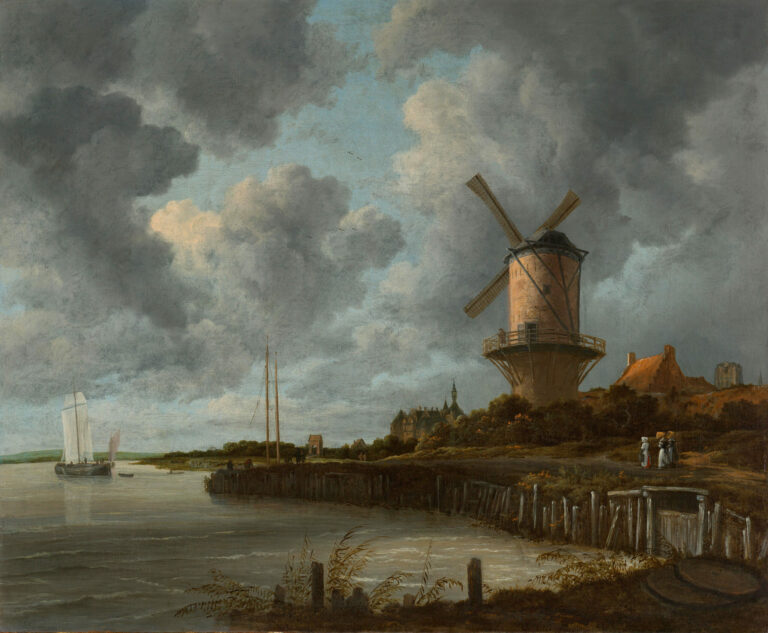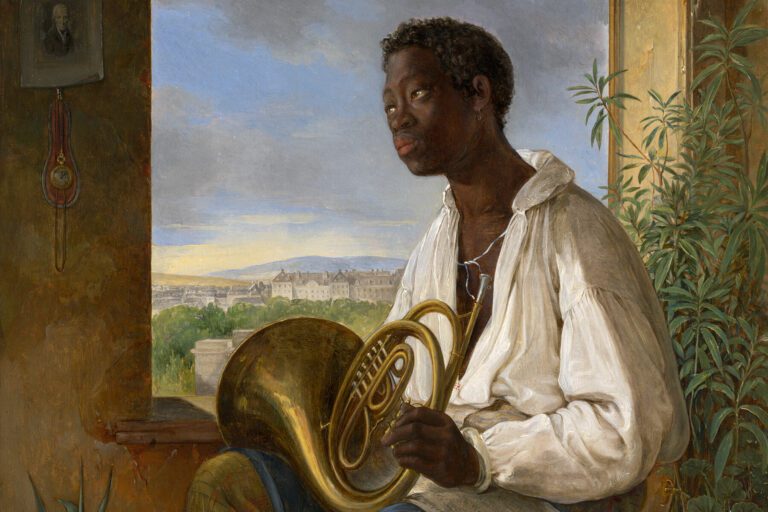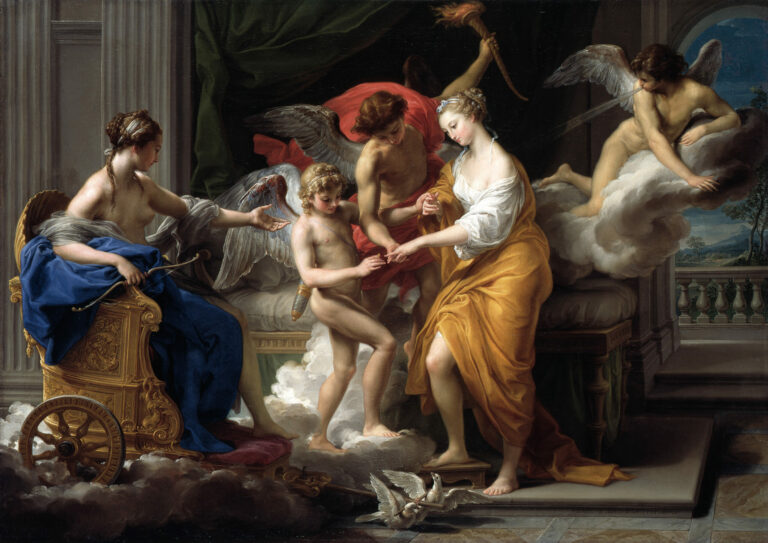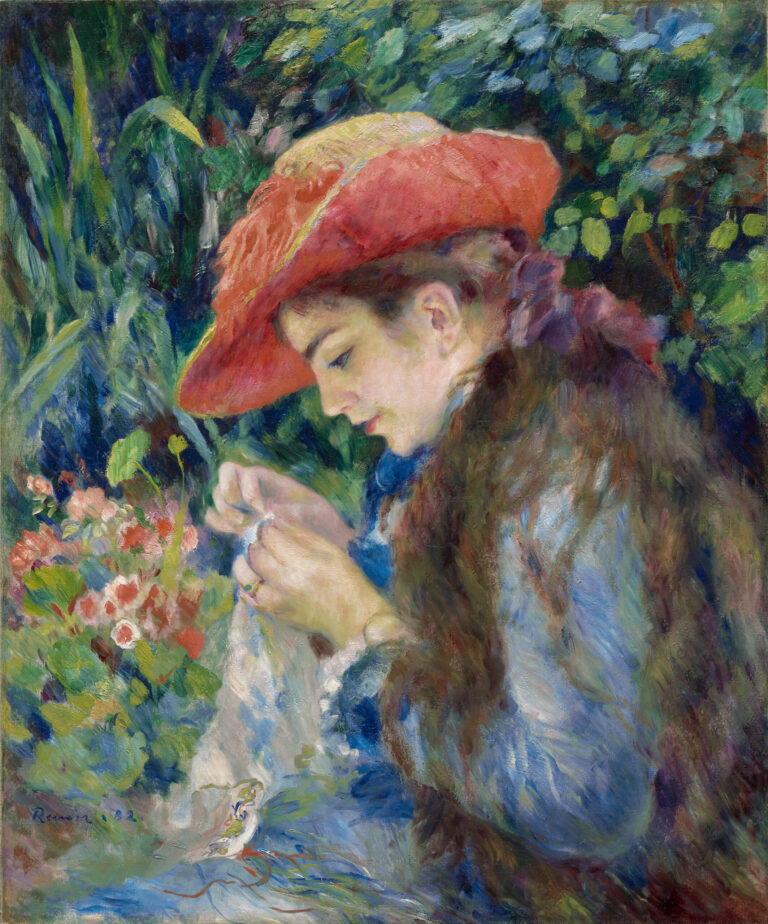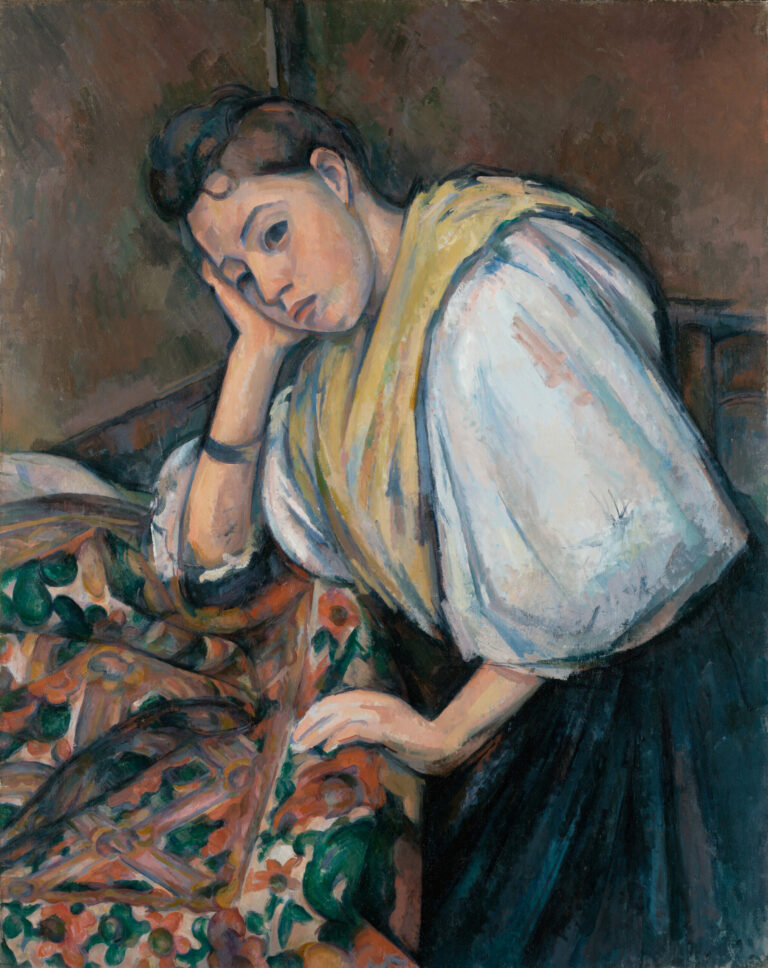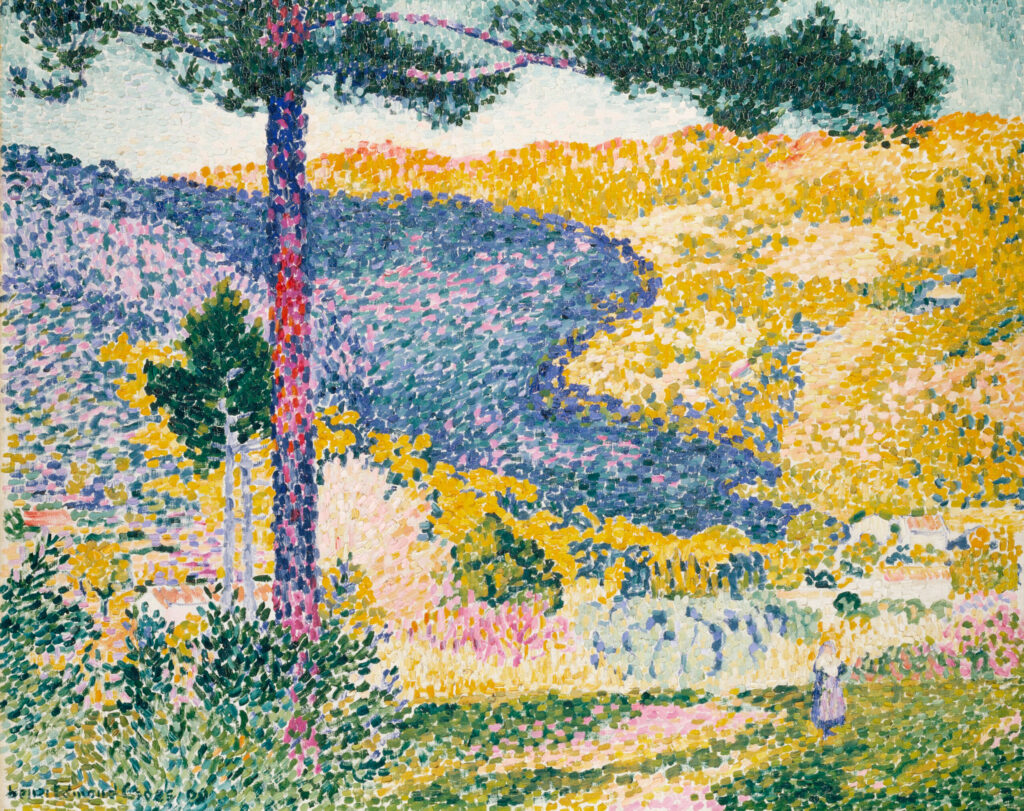
This 1909 work perfectly illustrates Henri-Edmond Cross’s mastery of Neo-Impressionist art.
The Mediterranean landscape unfolds according to the divisionist technique characteristic of the movement: each pure tone, applied in distinct touches, optically dialogues with its neighbors to create color vibrations of remarkable intensity.
The artist skillfully orchestrates chromatic contrasts, opposing the golden oranges of sun-drenched terrain with deep violets of shadowed areas, while emerald greens of vegetation come alive with pink and blue reflections. The composition reveals an assumed decorative approach: Cross deliberately varies the density of his impasto, sometimes allowing the white canvas preparation to show through, thus creating a captivating visual rhythm. This technical freedom transforms the naturalistic motif into a symphony of pure colors where each point of pigment participates in the overall harmony.
For further exploration
- Valley with Fir (Shade on the Mountain), by Henri-Edmond Cross, 1909
- 73.7 x 90.2 cm (29 x 35 1/2 in.)
- The Metropolitan Museum of Art, Fifth Avenue, New York, displayed in Gallery 961
- https://www.metmuseum.org/art/collection/search/459094
Henri-Edmond Cross, born Henri-Edmond Delacroix (1856-1910), ranks among the essential protagonists of the French Neo-Impressionist movement. Originally from Douai, he discovered the divisionist painting of Georges Seurat and Paul Signac. Settling in the South of France from 1891, Cross found in Mediterranean light the ideal inspiration to develop his chromatic palette. His Provençal landscapes, bathed in brilliant luminosity, influenced the future Fauves, notably Henri Matisse. Cross regularly participated in the Salons des Indépendants and exhibited with the Neo-Impressionist group, defending until his premature death in 1910 this revolutionary aesthetic that definitively liberated color from its descriptive function to make it an autonomous expressive language.

